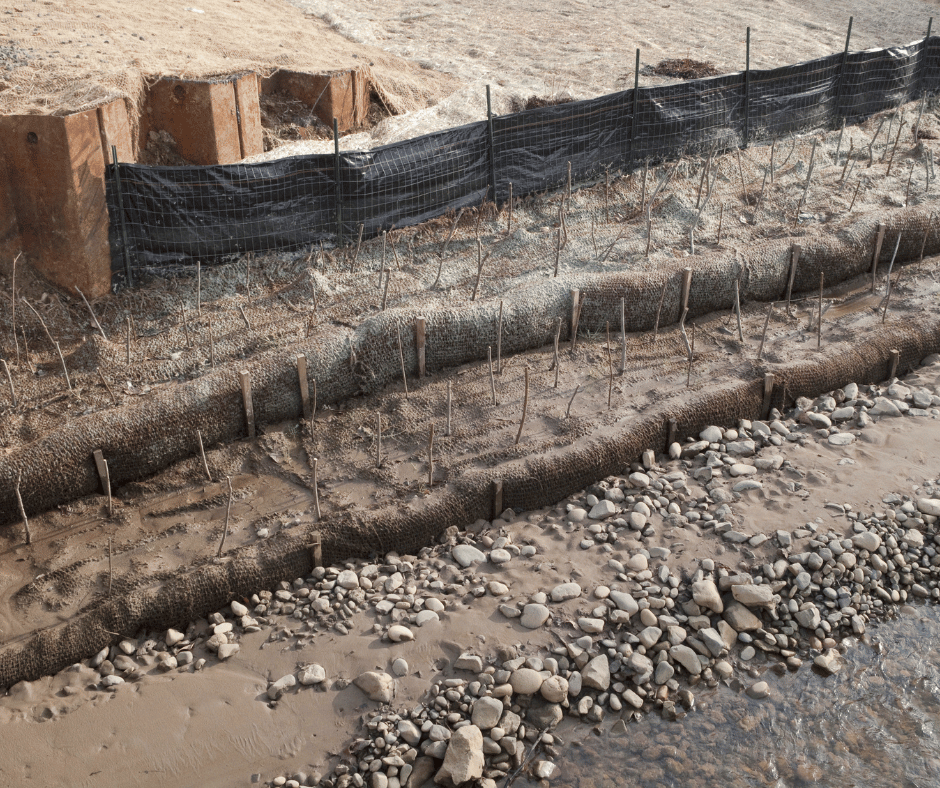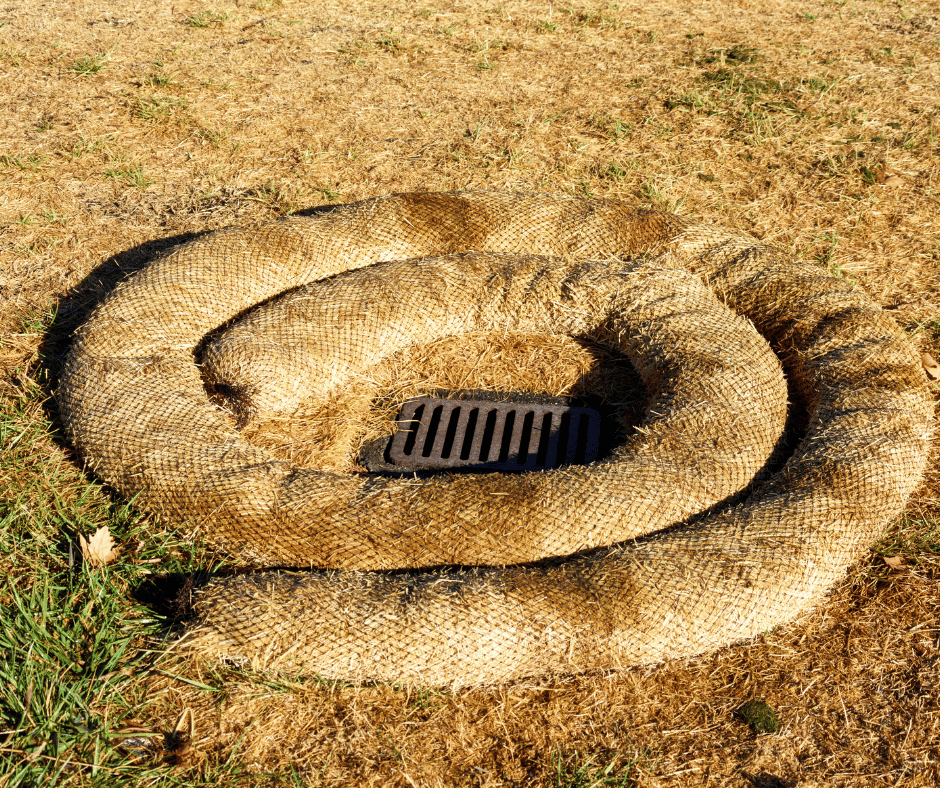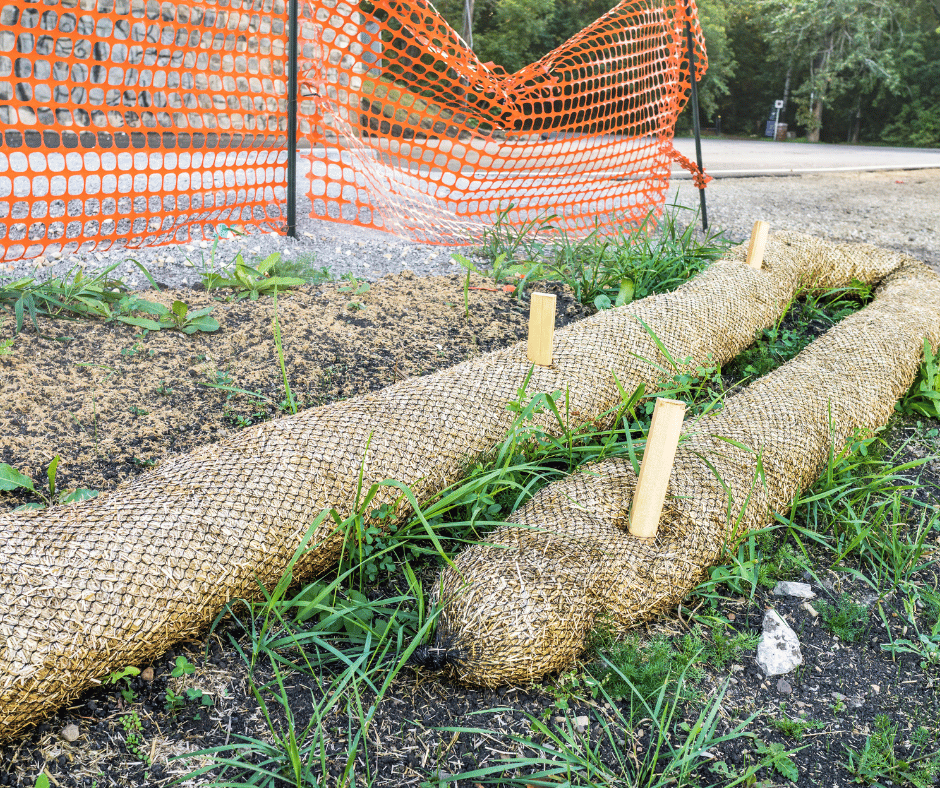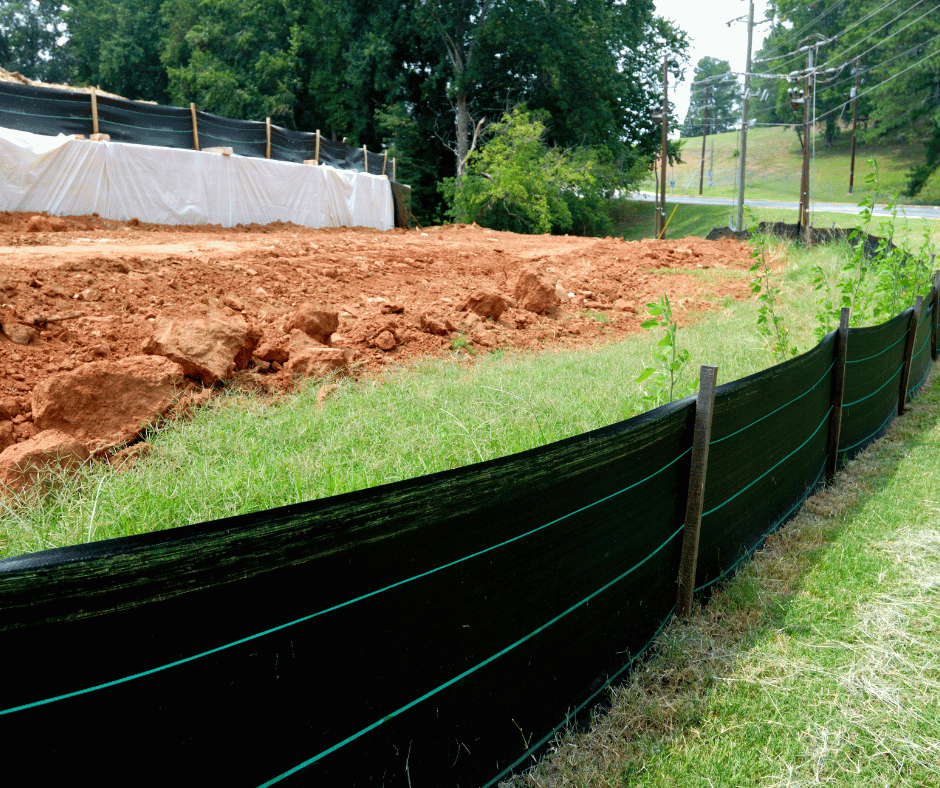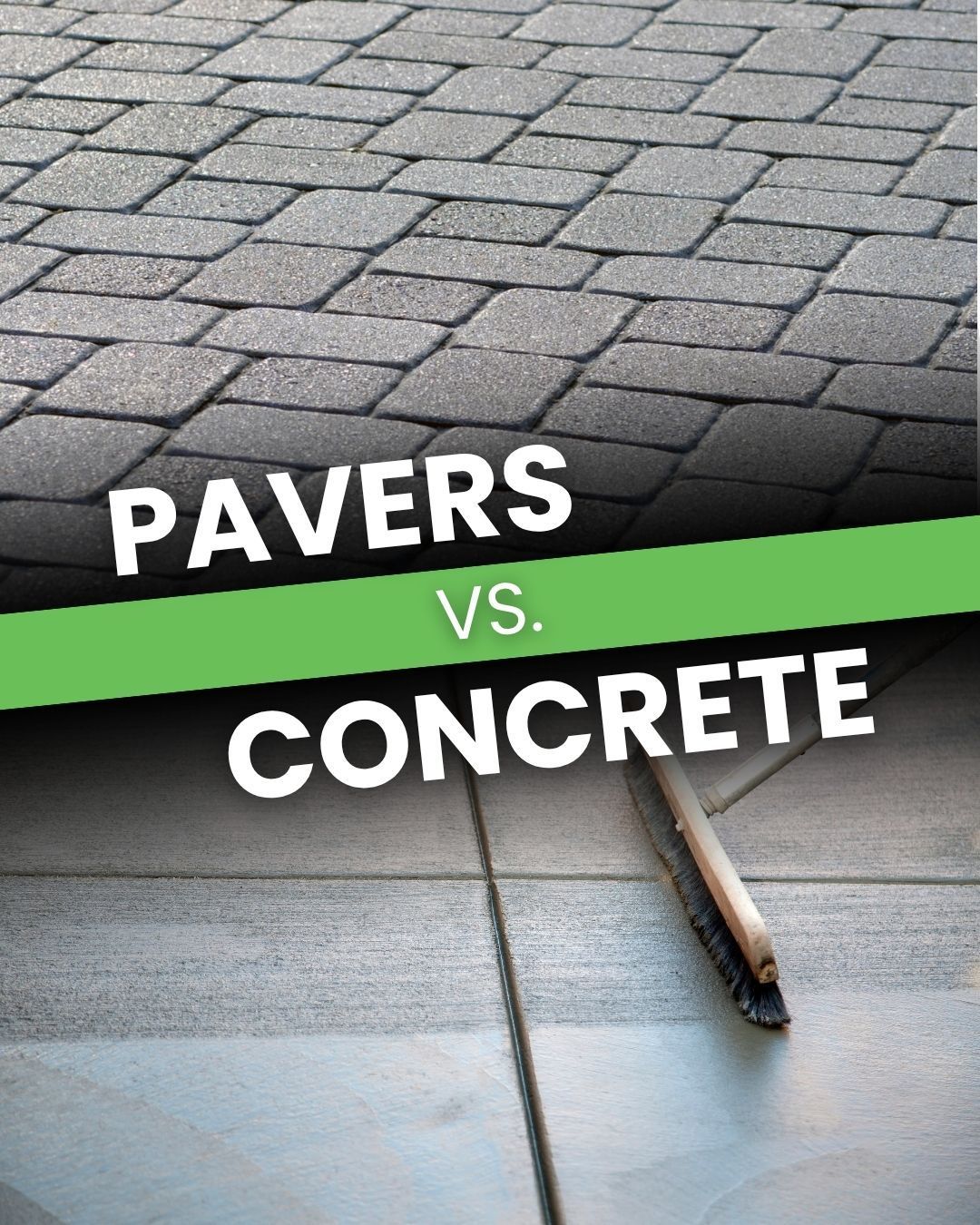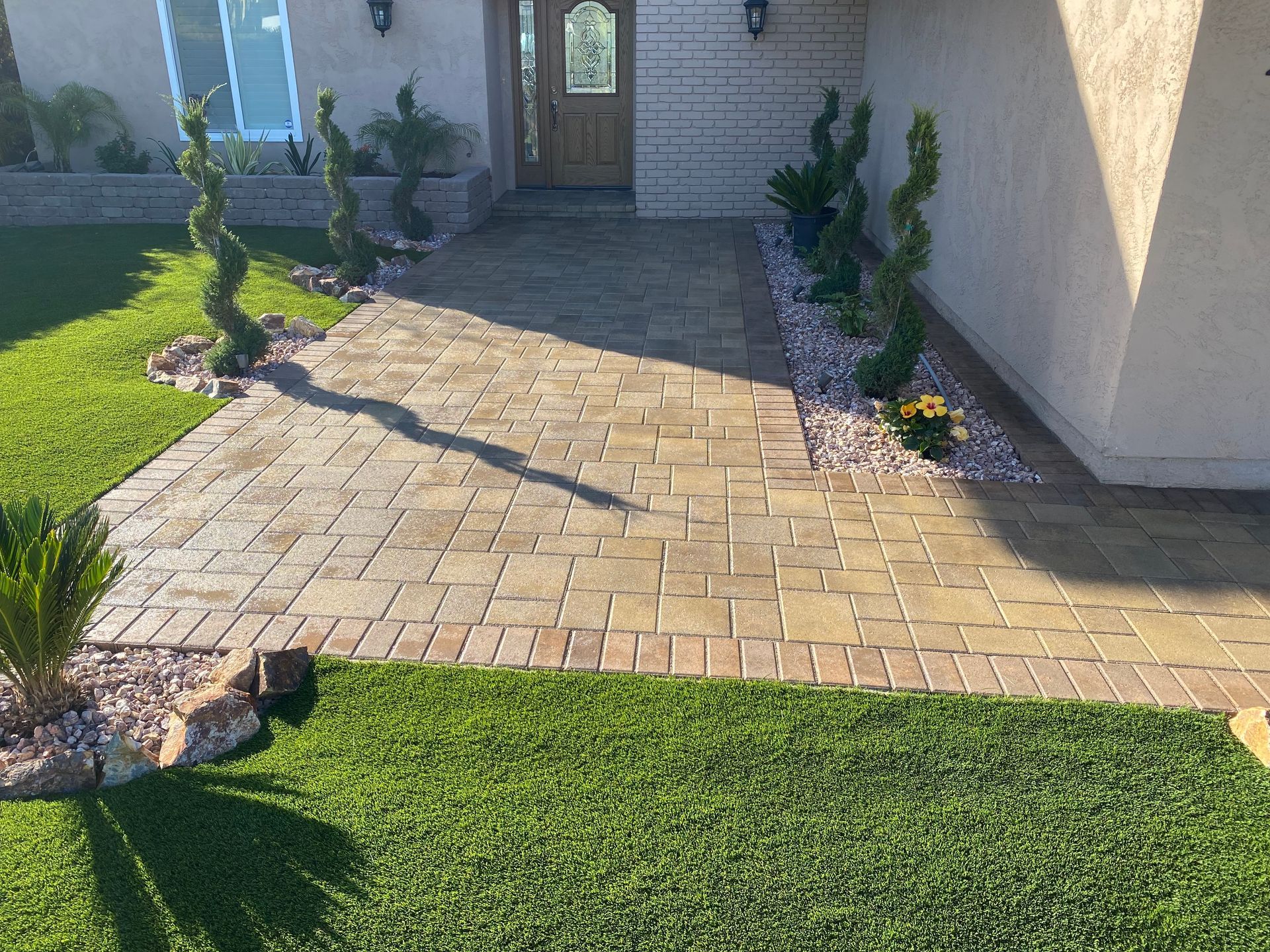What Are Straw Wattles & Why They’re a Game-Changer for Erosion Control
Okay, picture this: you’ve got a freshly landscaped yard or a construction site in hilly San Diego. The soil looks perfect, the slopes are holding… and then comes the rain. Suddenly, you’re watching your hard work (and a whole lot of soil) wash away. Not cute, right?
That’s where straw wattles come in, those straw-filled tubes you’ve probably seen lying across slopes or lined up along construction sites. They might not look glamorous, but trust me, these little “straw sausages” are heroes when it comes to erosion control and water management.
So, What Is a Straw Wattle?
A straw wattle (sometimes called hay wattles, straw tubes for erosion control, or landscape wattles) is basically a long tube made of netting filled with straw. Think of it as a flexible, eco-friendly barrier that hugs the ground.
In construction, you’ll hear them described as wattles construction tools or erosion control wattles. In simple terms, they’re used to slow down water, catch sediment, and keep soil where it belongs.
So, if you’ve ever wondered:
- “What is a waddle in construction?”
→ It’s a straw-filled tube used for soil stabilization.
- “What are straw wattles used for?” → Preventing erosion, filtering runoff, and protecting landscapes.
What Is a Straw Wattle Used For?
Here’s where they shine:
- Erosion Control Wattles: They trap sediment before it can slide downhill, protecting slopes and keeping waterways clean.
- Waddle Water Control: They slow water flow so it doesn’t wash away your soil or landscaping.
- Straw Wattles for Landscaping: Perfect for San Diego yards with slopes, new lawns, or fresh turf installations.
- Wattles Construction Applications: Required on many construction sites as part of erosion control compliance.
Basically, if there’s a slope, soil disturbance, or risk of runoff, straw wattles are your best friend.
Straw Wattle Installation: Easier Than You Think
If you’re wondering how straw wattle installation works, the good news is, it’s simple.
- Place the Wattles: Lay the straw wattles across slopes or at the base of a hill.
- Trench Them In: Dig a shallow trench (2–3 inches) to “seat” the wattle so water can’t sneak underneath.
- Stake Them Down: Use wooden stakes or metal pins to secure them every few feet.
- Overlap Ends: Make sure wattles overlap at the joints so water doesn’t cut through gaps.
And boom! You’ve got an erosion control system in place.
Why Choose Straw Wattles for Erosion Control?
There are plenty of erosion control methods out there, but straw wattles check all the boxes:
- Affordable – Budget-friendly compared to concrete or drainage systems.
- Eco-Friendly – Made with natural materials that biodegrade over time.
- Effective – Slow water, trap sediment, and protect slopes.
- Versatile – Use them in construction, landscaping, or even agriculture.
For San Diego homeowners, where slopes and seasonal rains can wreak havoc, installing straw wattles for erosion control can save you from future headaches (and expensive repairs).
Final Thoughts
So, next time you hear someone asking “What are straw wattles used for?” or “What’s a waddle in construction?”, you’ll know they’re not talking about ducks.
They’re talking about one of the simplest, smartest ways to protect soil, manage water, and keep your landscape looking its best. Whether you need erosion control wattles for a hillside home, straw wattles for construction, or just want to protect your new landscaping project, Earth View Landscape has your back.
Ready to protect your yard or job site with straw wattles? Contact our San Diego landscaping pros today and let’s set up an erosion control plan that actually works.
You might also like
Expert Tips for Landscape in San Diego
Get a free quote for your landscape project in San Diego
Fill the form below and get a consultation and estimate for your next landscape project!
